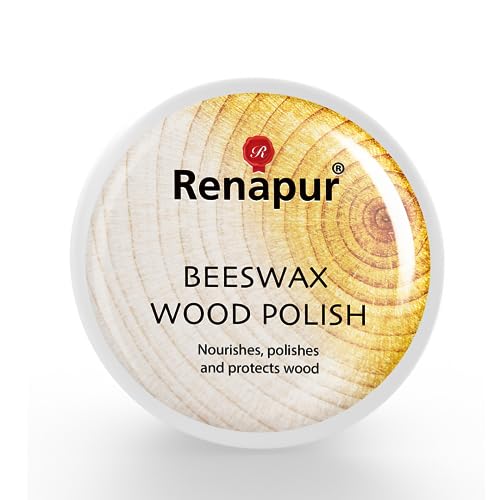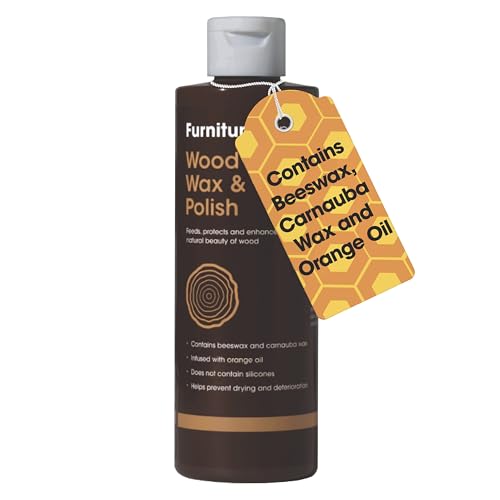aesmith
Established Member
Hi,
This an oak stool, given to us a long time ago, broken by removals company and not properly fixed. At the time we accepted a repair and some cash, with hindsight should have insisted on replacement or proper repair. But we are where we are. The "repair" arranged by Pickfords didn't last, we lost the pieces but have now found them and it's sitting in the workshop before I even consider doing anything that might be irreversible.
So I'd appreciate any comments or advice. The broken bits fit together reasonable tightly but don't close up. That might be because the top was formed by bending rather than hollowed out from solid, so there's some stress in the top but not the fragment. Or because there's some glue or gunge from the "repair" present on the broken surfaces. I'm not expecting an invisible repair.
Thanks, Tony S

Break from above and below ..


The bits ...

Bits dry fitted, viewed from various angles. The gaps close up a bit under finger pressure, but not completely. That crusty light coloured stuff on the underneath is from the "repair", ideally I'd remove it.



This an oak stool, given to us a long time ago, broken by removals company and not properly fixed. At the time we accepted a repair and some cash, with hindsight should have insisted on replacement or proper repair. But we are where we are. The "repair" arranged by Pickfords didn't last, we lost the pieces but have now found them and it's sitting in the workshop before I even consider doing anything that might be irreversible.
So I'd appreciate any comments or advice. The broken bits fit together reasonable tightly but don't close up. That might be because the top was formed by bending rather than hollowed out from solid, so there's some stress in the top but not the fragment. Or because there's some glue or gunge from the "repair" present on the broken surfaces. I'm not expecting an invisible repair.
Thanks, Tony S

Break from above and below ..


The bits ...

Bits dry fitted, viewed from various angles. The gaps close up a bit under finger pressure, but not completely. That crusty light coloured stuff on the underneath is from the "repair", ideally I'd remove it.




















